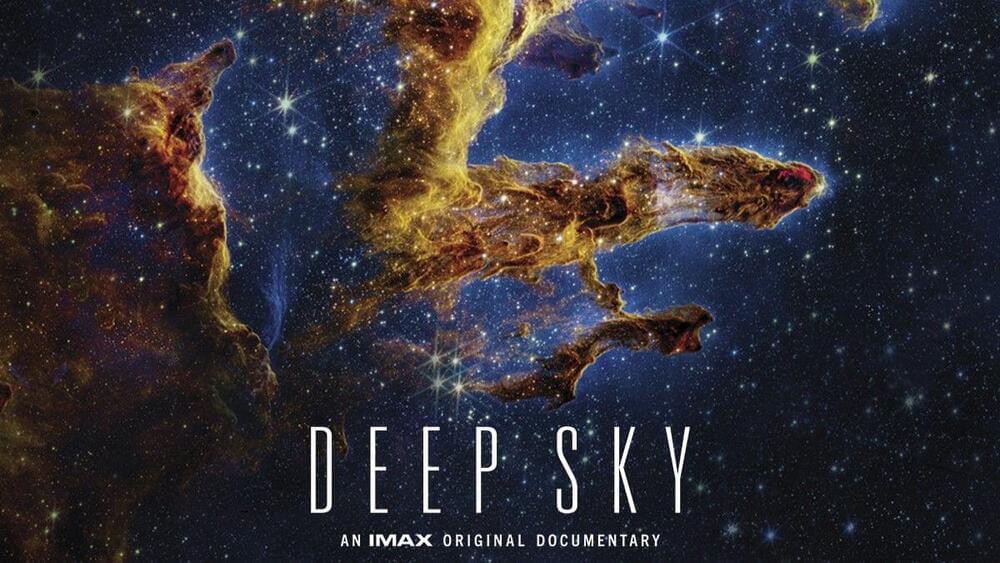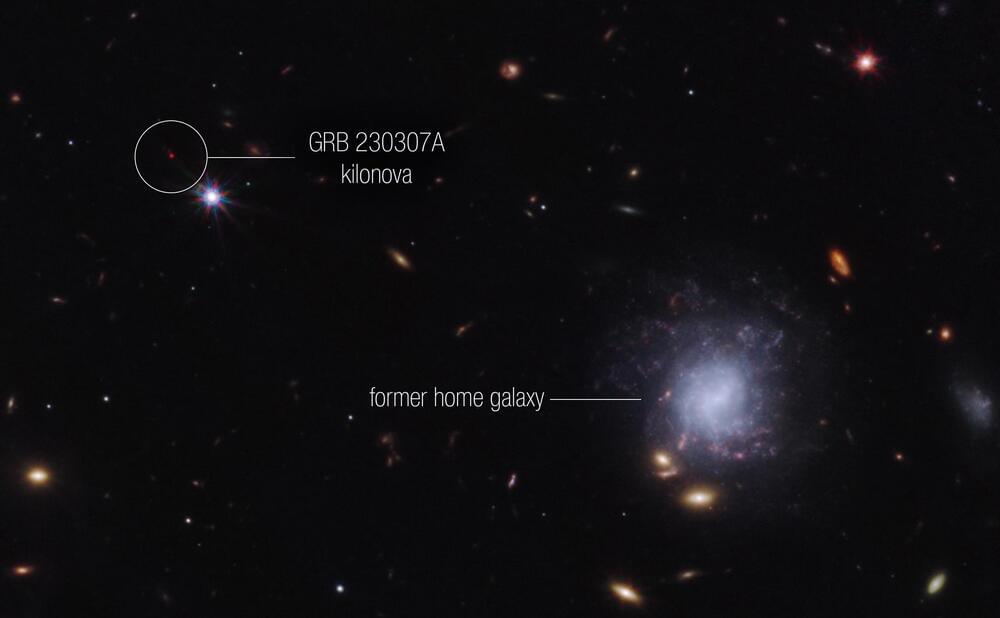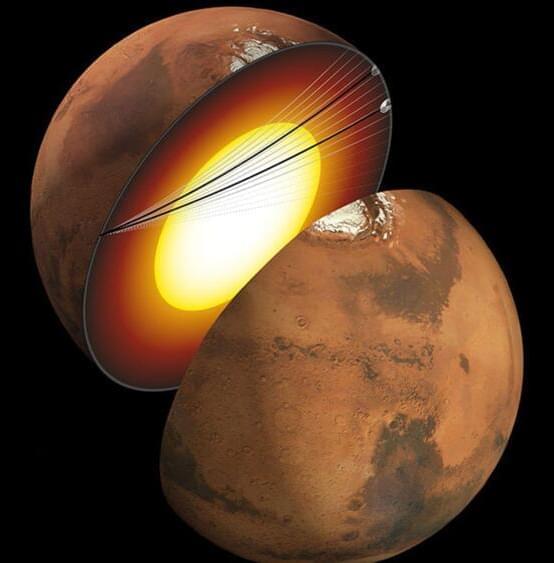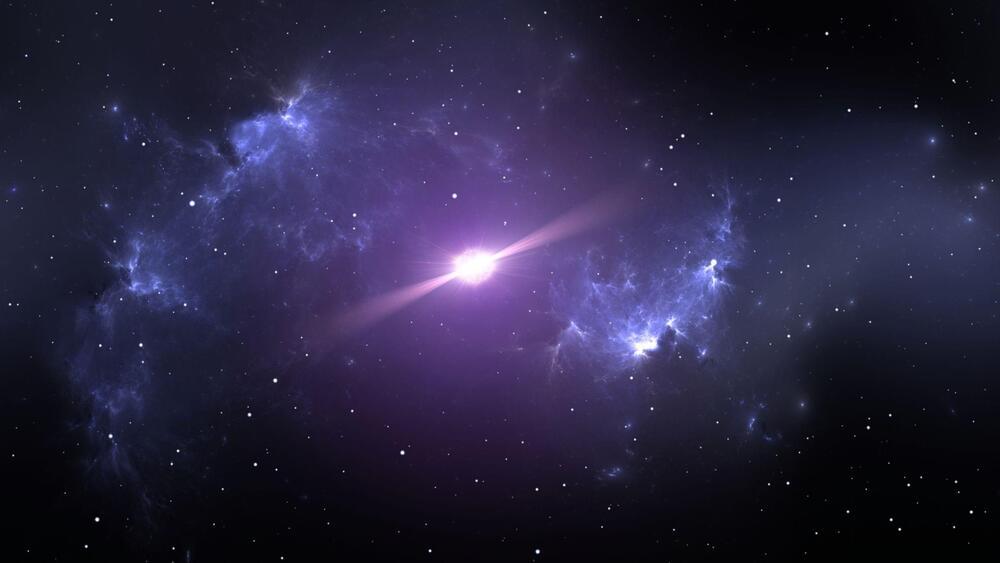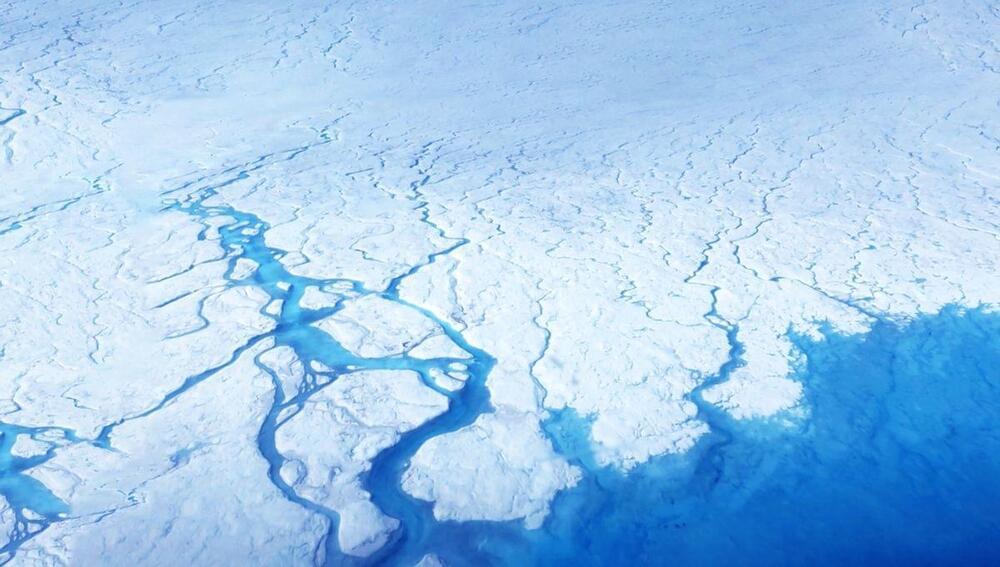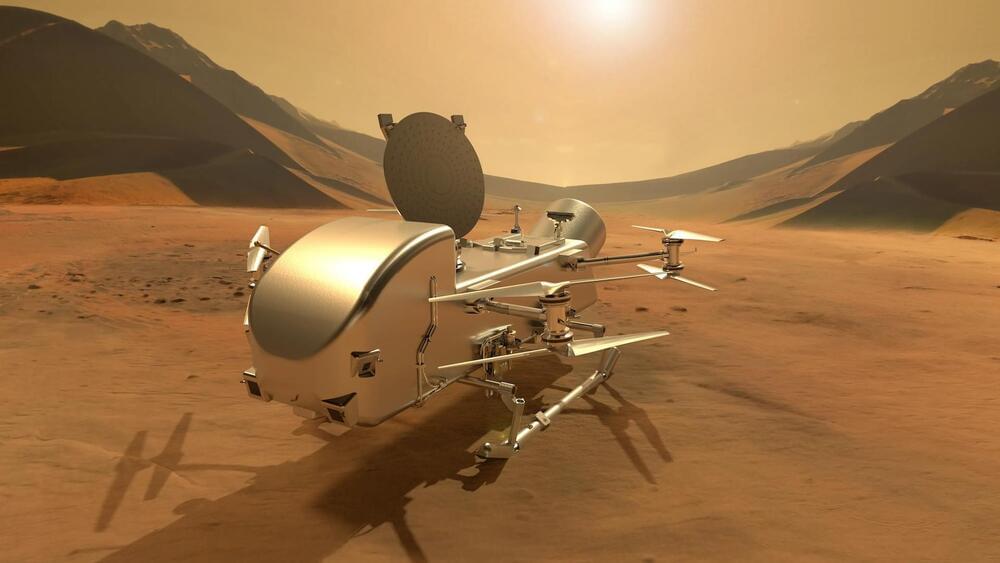“There is this kind of power the images have. It really isn’t from us. We’re creating the context in which you can appreciate them, but we’re not forcing it,” Kahn said.
In the background, award-winning actress Michelle Williams narrates what we see, which, Kahn admits, was a bit of a deviation from his usual filmmaking blueprint.
“Many of my films are done just through putting together interviews with people or encounters with people,” he said. Or in other words, there is no doctored narrative.
